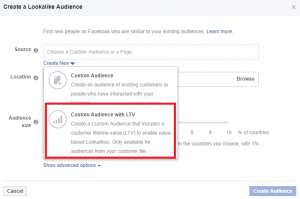If you can’t draw a direct line from performance appraisal to performance improvement, then, seriously, what’s the point? Yet in many organizations, the definitions, criteria, and explanations for the annual review aren’t specifically pertinent to many jobs — and even if they’re clear, they don’t necessarily improve performance.
Why spend so much time figuring out what’s wrong with employees? Why not focus on improving performance, engagement, and retention? Most companies do appraisals so sloppily that they don’t provide the legal cover they claim to need. Then, when managers want to remove employees, they often must produce new documentation for six to nine months because the annual reviews haven’t substantiated the performance problem.
The Trouble With Annual Appraisals
Employees shouldn’t be treated as if they’re the inputs or outputs of HR processes. While ranking, rating on a curve, and required distributions of high- and low-potential performers are all ways to differentiate among employees, these methods have no direct impact on performance. In fact, they tend to classify people as if they’re merely versions of employee types, not unique individuals.
Most managers aren’t taught how to give feedback or how to coach to improve performance, so they tend to feel awkward and afraid. For the essentials, see Car Talk: Lessons in Performance Feedback. These less skilled managers may not set expectations or give feedback until the annual process force them to do so. Then they rate everyone highly to avoid triggering any existential confrontations, and consider themselves off the hook for providing such content until the next annual review process.
Even strong managers often dread annual reviews as a massive time-suck. It can take so long for them to recover from participating in annual budgeting or strategic planning processes and then work their way through evaluating all their direct reports that they barely have half the year left for their “real work” of meeting plan targets. The whole thing is even more demoralizing if, after completing the work of the reviews, they can’t even allocate significant financial rewards to their best people.
Instead Of A Yearly Sit-Down?
Companies will be at a loss if they don’t teach the mechanisms and methods for goal-setting, assessing performance, and coaching. For some suggestions, try How to Deepen Feedback and Foster Improvement.
Cultivating an ongoing conversation about successful performance beats plastering a score on someone’s forehead as if it defines them. Better still is frequent dialog about what’s true and necessary for the business, with an emphasis on establishing context, explaining expectations, asking employees how it’s going, and matching assessments of progress and outcomes.
Why not verify whether this is the right job for each employee? And if it’s not, how could the manager or organization help? Would a change in assignment, more training, coaching, or other support make a difference? Playing up the kind of behavior managers want to see and what employees need to accomplish within a given month or quarter is always more compelling than providing general descriptions of what’s expected for the coming year — which is probably already under way.
(155)





